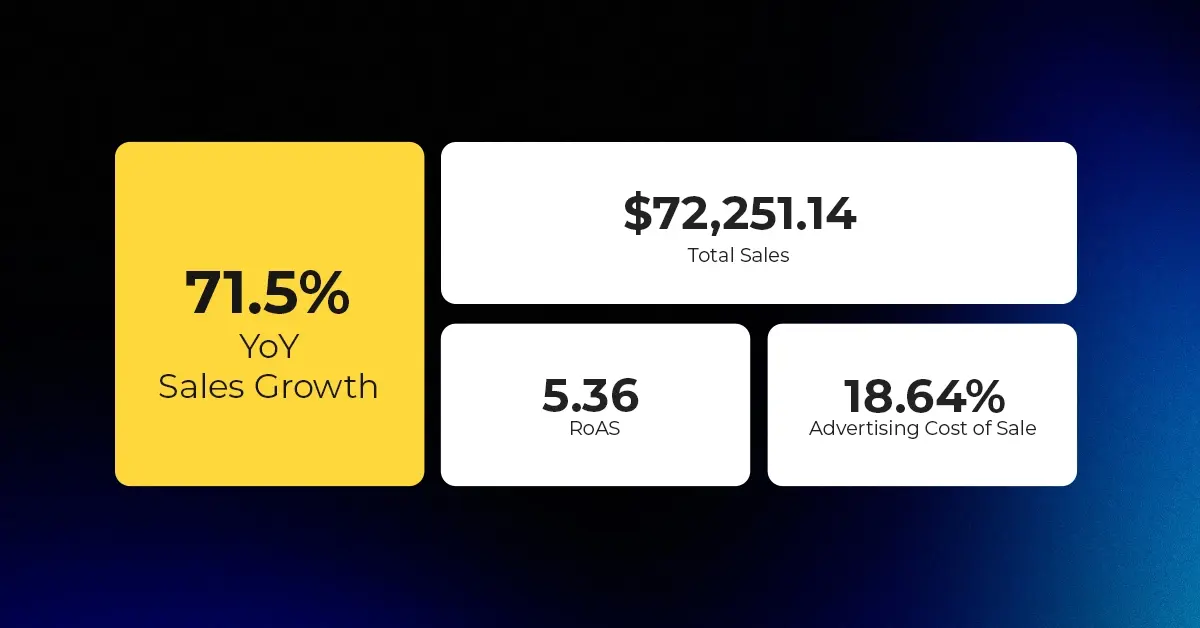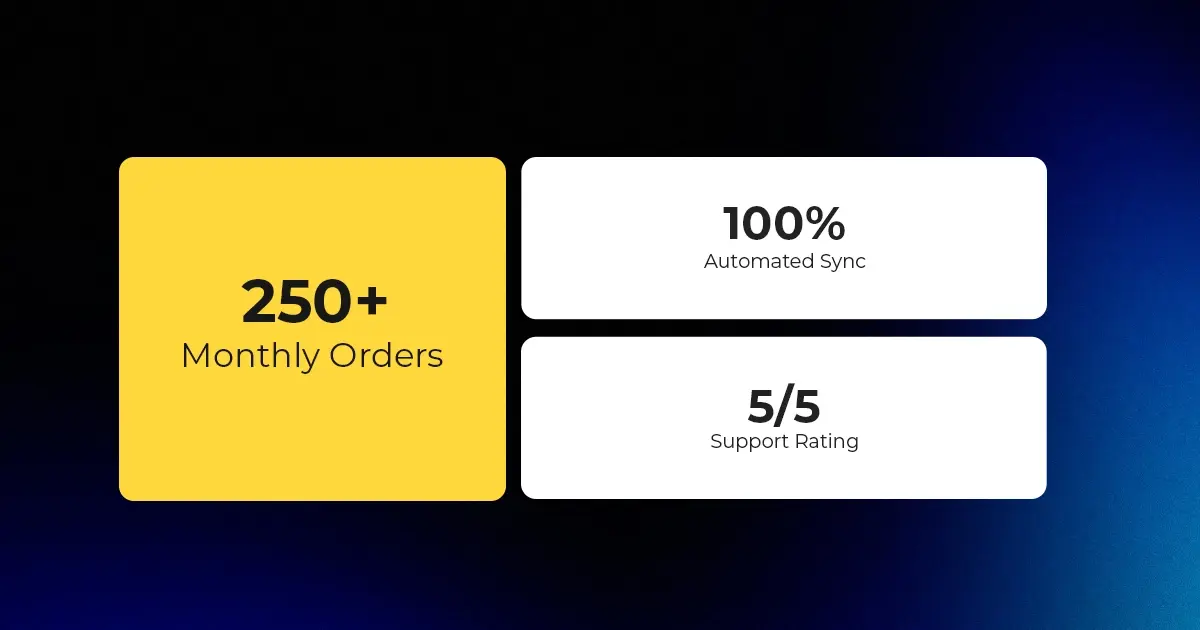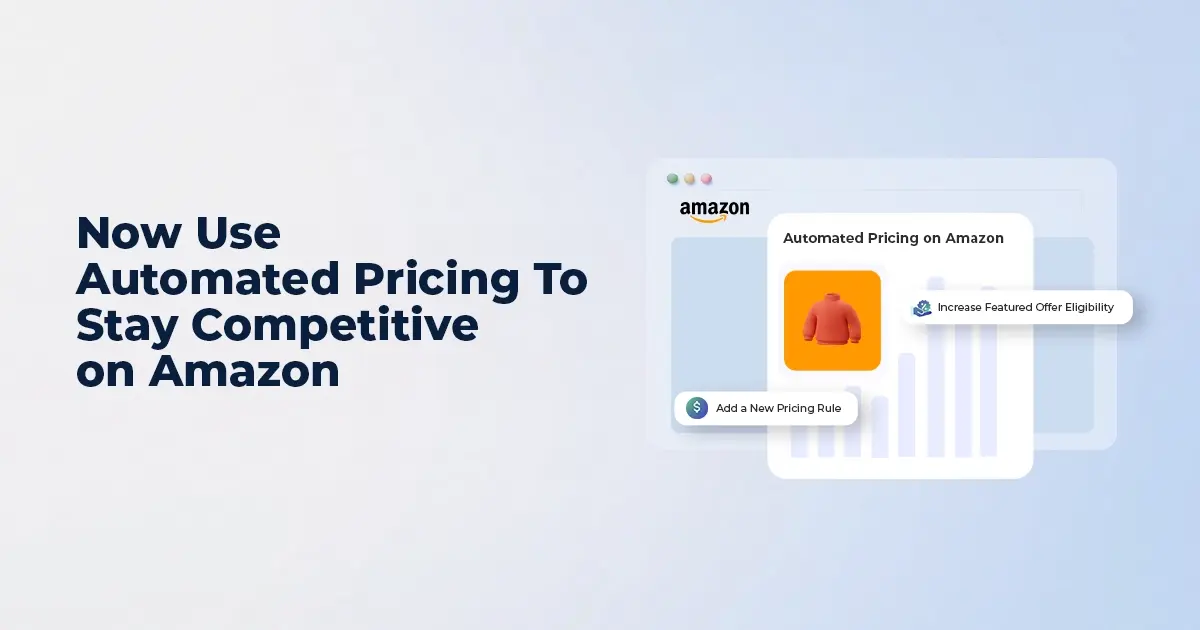China’s Double 11 2025: Record Demand, Policy Support, and New Openings for Global eCommerce Sellers
Reading Time: 2 minutesChina’s Double 11 shopping festival — the world’s largest annual online retail…
Welcome to the frontlines of eCommerce innovation, where Shein, Temu, and TikTok Shop are rewriting the playbook for digital retail. These aren’t just marketplaces; they’re ecosystems fueled by lightning-fast trends, budget-friendly models, and social media virality. If you’re a seller clinging to old-school marketplaces, consider this your wake-up call.
With cutting-edge business models and massive consumer engagement, these disruptors are gearing up for a blockbuster 2025. Ready to jump in? Let’s decode their success and explore how you can leverage their growth for your own business.
Picture this: 66% US market penetration, 120+ million monthly active users, and a combined trajectory to rake in billions by 2025. These platforms are not only challenging Amazon, Walmart, and eBay—they’re forcing them to adapt. Ignoring Shein, Temu, or TikTok Shop is like saying no to tomorrow’s biggest retail opportunities.
So, what makes these platforms unstoppable?
The Magic Sauce:
Did You Know? In 2023, Shein saw $32.5 billion in sales, a 43% YOY increase. Projections for 2024? A whopping $50 billion. This isn’t just fast fashion—it’s fast fortune.
The Magic Sauce:
Stat Spotlight: In 2023, Temu clocked $15.1 billion in GMV and attracted 80 million active US users—that’s 40% of its total downloads globally.
The Magic Sauce:
Social commerce juggernaut: TikTok Shop smoothly combines eCommerce with engaging and viral content, making shopping more interactive.
Influencer-driven marketing: With live shopping events hosted by influencers, TikTok blends entertainment and FOMO into a compelling shopping experience.
Algorithmic power: TikTok’s algorithm effortlessly pushes products into viral stardom, enhancing visibility while keeping marketing costs low.
Fun Fact: TikTok users spend 58.4 minutes daily on the app, with social commerce projected to hit $144.5 billion by 2027.
What truly sets TikTok Shop and its peers apart is their mastery of social commerce, where the lines between scrolling and shopping blur. Unlike traditional ads, these platforms rely on native content, meaning the shopping experience feels natural, not intrusive.
The beauty of these ad strategies? They don’t just sell products; instead, they craft an immersive experience that encourages users to explore, engage, and purchase even more.
Register: Apply through Shein’s marketplace, ensuring you meet eligibility requirements such as SKU variety and maintaining quality standards.
Product Listing: Incorporate high-quality visuals, and by using trend-specific keywords, improve product discoverability more effectively.
Growth Strategy: Collaborate with CedCommerce so you can access tools like inventory synchronization and seamlessly streamline bulk uploads.
Think of CedCommerce as your co-pilot for conquering these platforms. Here’s how they supercharge your selling journey:
Centralized Management: By streamlining your operations with a single dashboard, you can not only handle listings but also manage orders and customer communication all in one place.
Automated Tools: From real-time inventory updates to bulk product uploads, CedCommerce simplifies the selling process by automating the heavy lifting, thereby making your workflow more efficient.
Dedicated Support: With 24/7 expert assistance, you’ll not only receive help during onboarding and troubleshooting but also gain valuable guidance to optimize your growth at every step.
A: TikTok Shop is ideal for viral growth, while Temu works best for high-volume, low-margin products. Moreover, Shein excels if your niche is trend-driven fashion.
A: Absolutely! Not only does CedCommerce provide seamless integration, it can also guide you in crafting campaigns, from TikTok trends to Shein-style promotions.
Shein, Temu, and TikTok Shop are not just marketplaces—they’re opportunities to future-proof your business. Whether you’re chasing viral fame on TikTok, tapping into Temu’s value-first shoppers, or aligning with Shein’s trend-savvy audience, the possibilities are endless.
The question is: Are you ready to ride the wave or get left behind? Partner with CedCommerce today to make your multichannel selling journey a success. Let’s make 2025 your biggest year yet!

Reading Time: 2 minutesChina’s Double 11 shopping festival — the world’s largest annual online retail…

Reading Time: 2 minutesAs the holiday season approaches, TikTok Shop has released its September 2025…

Reading Time: 3 minutesIn a continued effort to enable sellers and stimulate new product launches…

Reading Time: 2 minutesAs global trade enters a new phase of regulation and cost restructuring,…

Reading Time: 2 minutesOpenAI Turns to Amazon Web Services in $38 Billion Cloud Deal: What…

Reading Time: 4 minutesAbout the Client TMRG is a global health and wellness brand with…

Reading Time: 2 minutesAmazon Begins Quarterly Tax Reporting to China: A New Era of Cross-Border…

Reading Time: 2 minutesAbout the Brand Name: Stylecraft Industry: Home Décor & Lighting Location: US…

Reading Time: 2 minutesAbout the Brand Name: Flag Agency Industry: Digital Retail & Brand Management…

Reading Time: 2 minutesAbout the Brand Name: Stadium Goods Industry: Sneakers, Apparel & Collectibles Location:…

Reading Time: 11 minutesHalloween 2025: The Creative Seller’s Goldmine In the age of viral décor…

Reading Time: 2 minutesOverview AliExpress has launched a new global scheme — the Best Price…

Reading Time: 3 minutesEtsy, Inc. (“Etsy”) today announced two major developments: the appointment of Kruti…

Reading Time: 2 minuteseBay posted a strong performance in Q3 2025, with revenue and gross…

Reading Time: 3 minutesAbout the Client Esty Store: Infinite Spiral, LLC Overview: Infinite Spiral, LLC,…

Reading Time: 3 minutesWalmart has announced a landmark partnership with OpenAI that could reshape the…

Reading Time: 5 minutesAfter years of tension over the ownership and control of TikTok, the…

Reading Time: 3 minutesWalmart’s new collaboration with OpenAI signals more than a tech upgrade —…

Reading Time: 7 minutesI. INTRODUCTION: THE PRICE PRECISION IMPERATIVE In Amazon’s high-velocity marketplace, even a…

Reading Time: 3 minutesAmazon recently announced a significant change for sellers advertising in Washington state:…